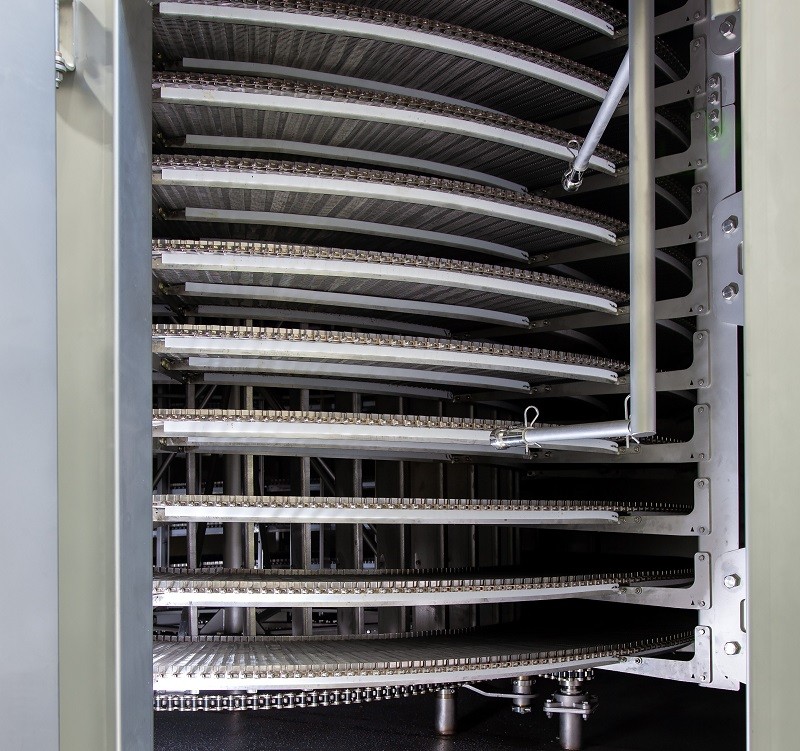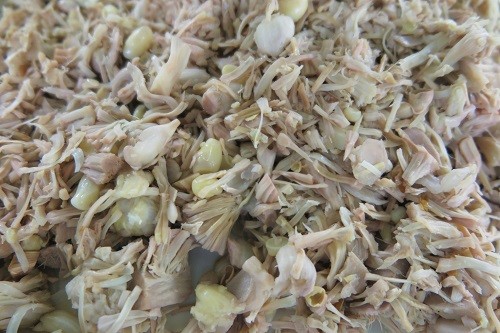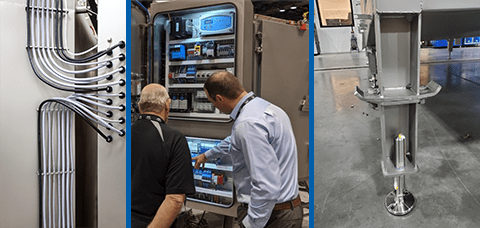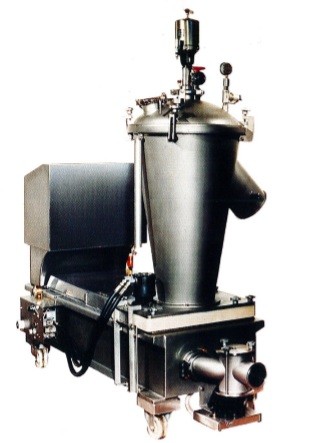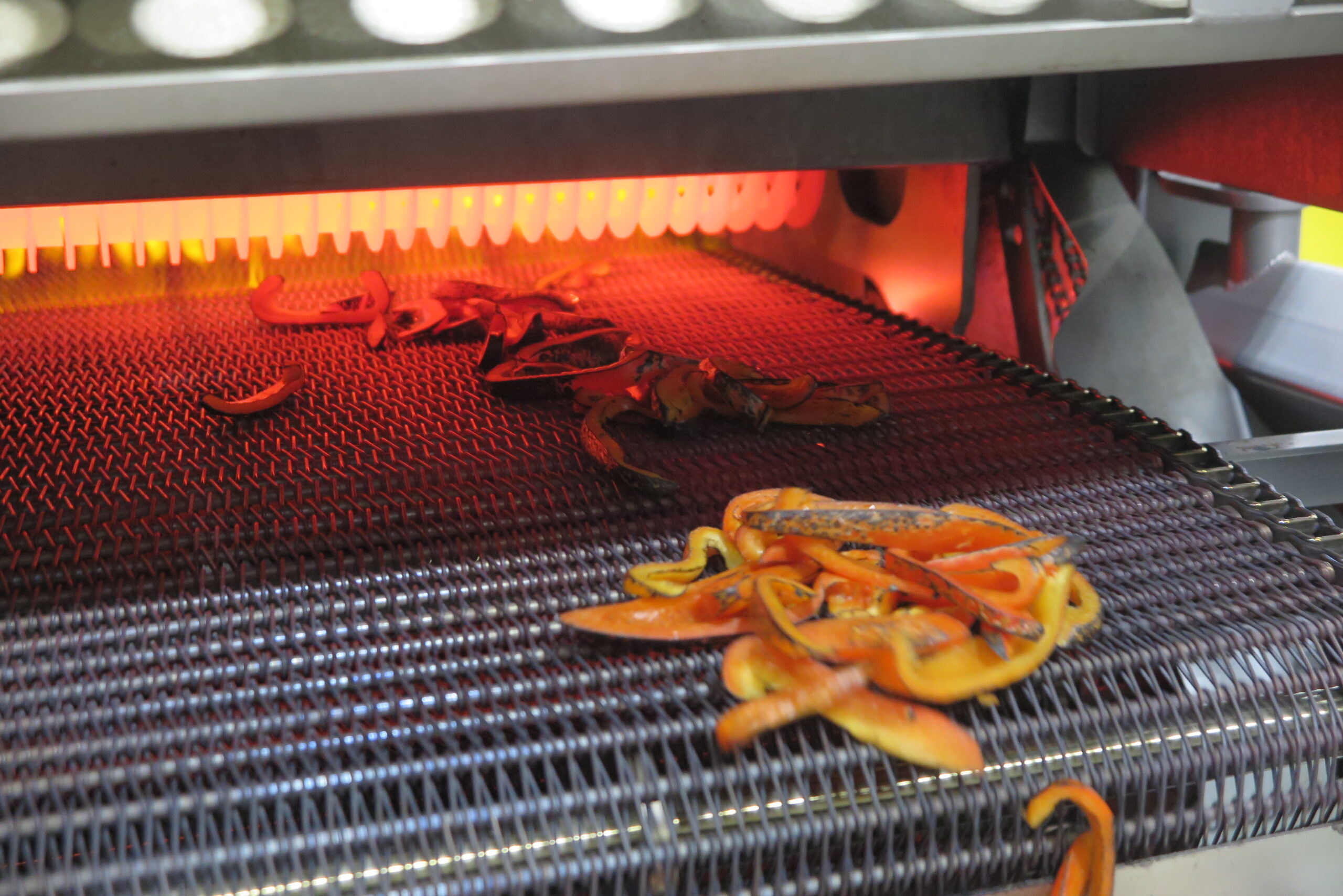There has never been a better time to make progress on process sustainability goals. Consumers across the globe have been thinking about the effects of the food processing supply chain on the environment. The 2022 Fatitudes survey from Cargill estimates that 55% of global consumers are likely to purchase a packaged food item that has been labeled with a sustainability claim, which is up four points from their 2019 survey. In the US, they estimate that 37% of consumers would be influenced by sustainability claims on product packaging, which is a six-point increase from 2019. A recent Kearney report also estimates that 27% of grocery shoppers would be significantly influenced by the environmental impact of a packaged food product. This suggests that there is an increasingly significant group of environmentally conscious consumers—which some are calling ‘climavores’—to whom food processors can market their products.
One important aspect of food sustainability is the process by which food products are cooked. Efficiencies with energy transfer and airflow will cook food products in a way which satisfies consumers and saves on production costs. These energy efficiencies can also aid in achieving a facility’s decarbonization target, as is a goal for many companies in the food and drink manufacturing sector, especially those in the EU. Food processors will benefit from understanding the process efficiencies of modern industrial food processing design, especially as it concerns cooking and the capabilities of the highly versatile Marlen Spiral Oven.
Sustainability Goals and the Marlen Spiral Oven
Processors seeking to reduce carbon emissions and avoid rising gas prices find Marlen’s Micro and Mini Spiral Ovens an affordable option. In Marlen Spiral Ovens, a continuous conveyor belt is housed within a single enclosure and conveys food products upward through multiple circular tiers. There is no need to open doors on a Spiral Oven (as there is with a batch oven), so heat loss from opening doors is avoided. The box-shaped design of the Spiral Oven has narrow infeed and discharge openings for the product to enter and exit the cooking zone, so the heat energy is efficiently maintained throughout the process.
The electric Marlen Spiral Oven, heated with proportional control (PID loop), can also enhance sustainability goals by switching to electricity and away from using natural gas. A recent McKinsey report estimates that it is technologically possible to electrify half of the global industrial fuel consumption used today—including energy required for industrial processes up to 1,000°C. Pressure from new regulations on carbon emissions and lowering of global electricity prices will likely boost consumption of electricity in sectors historically supported by fossil fuels. As a result of using electric equipment, so long as the electricity used is zero-carbon, the greenhouse-gas emissions of factories will significantly drop. As McKinsey points out, fuel costs contribute over ten times as much to the total lifetime cost of a piece of equipment. As the price of renewable electricity continues to drop worldwide, and as recent events in Europe shake the oil and natural gas markets, electric Marlen Spiral Ovens will continue to be strategic long-term investments for food processors.
Transfer Energy Efficiently with Super-Heated Vapor
A Spiral Oven offers precision with the amount and kind of heat energy used to cook a food product, as compared to traditional linear ovens. Marlen Spiral Ovens use super-heated steam vapor to create an efficient cooking environment. “Super-heated steam” is created when high-pressure steam is introduced to the high temperature air of the burner chamber. This super-heated steam is a non-visible, clear, colorless gas obtained by heating ordinary steam to temperature higher than 100°C. When “super-heated” this way, the vapor has more energy in it with which food products can be cooked. Calculations show that a super-heated steam environment has 263 kcal/m³ more energy (at 230°C) than convection cooking. Since high-pressure steam (>3 bar) is introduced directly to the heating chamber, additional energy is not required to bring condensed “wet-steam” through a phase change. This approach is like “super-charging” an engine very efficiently: overall cook times can be reduced, and product yields can be higher than they would be if cooked in a traditional convection oven.
Bringing Versatility and Sustainability
The Marlen Spiral Oven features a control system which allows for rapid “on the fly” recipe changes, and the oven’s design features allow for maximum flexibility and energy efficiency. For each product, the Spiral Oven’s settings can be fine-tuned to create the perfect cooking condition, and multiple recipes can be saved to quickly toggle between settings for frequent production line changes. This flexibility allows food processors to quickly shift production to meet changes in consumer demand. In addition, the relatively small footprint of the Spiral Oven makes it perfect for facilities of various sizes. The energy efficiency of the machine can also make a significant contribution to reducing your facility’s carbon footprint. For these reasons, producing your product on a Marlen Spiral Oven can improve your product’s overall quality, decrease your costs, and promote sustainable business practices that consumers are looking to support.












